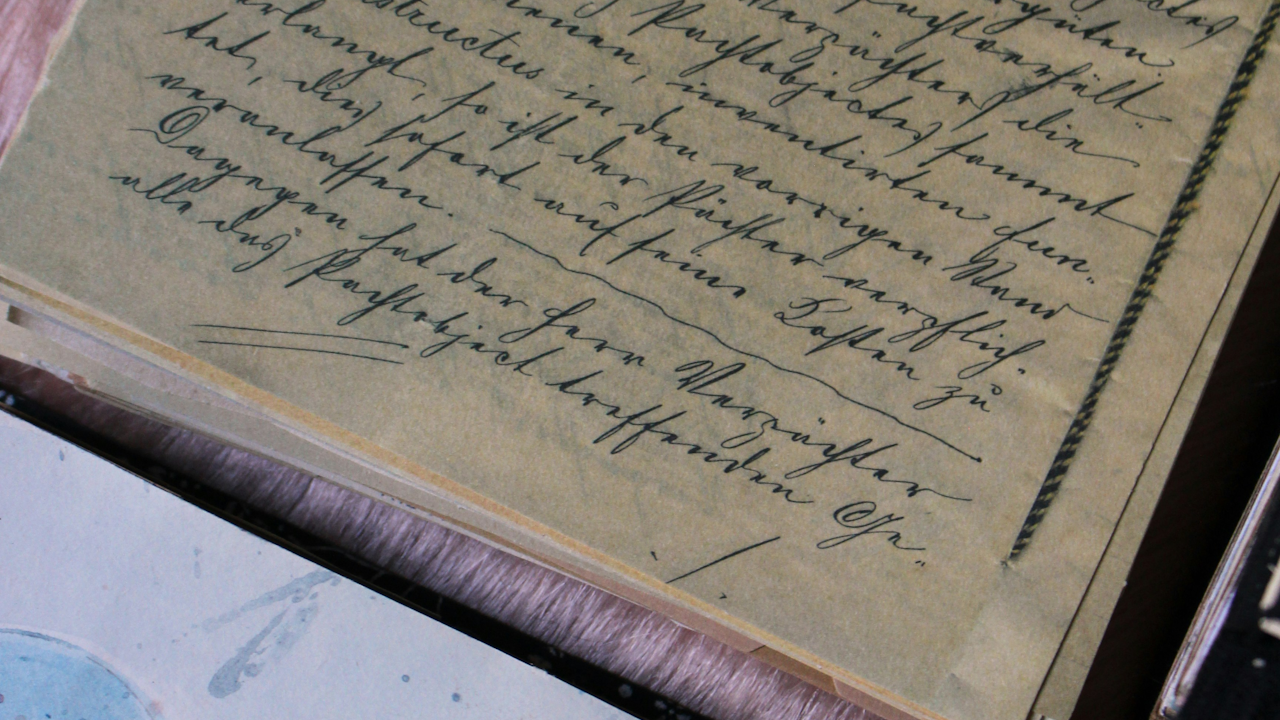In a world dominated by the ephemeral buzz of digital communication, the art of letter writing stands as a poignant reminder of human connection’s enduring need for tangible expression. While emails and instant messages offer the undeniable convenience of speed and accessibility, they often lack the depth and emotional resonance that a handwritten letter can convey. The act of putting pen to paper, of carefully crafting words and forming sentences, transforms communication from a mere exchange of information into a deeply personal act.
The very physicality of a letter contributes to its unique power. The weight of the paper in one’s hand, the texture of the ink, and the individual character of the handwriting all contribute to a sensory experience that digital communication simply cannot replicate. A handwritten letter is a tangible piece of the sender, a physical manifestation of their thoughts and feelings. It is a testament to the time and effort invested in the act of communication, a gesture that speaks volumes in a world where instant gratification often reigns supreme.
Beyond its physical presence, letter writing fosters a level of thoughtfulness and reflection that is often absent in digital exchanges. The process of composing a letter encourages a slower, more deliberate approach to communication. One must carefully consider their words, their tone, and the overall message they wish to convey. This deliberate process promotes clarity of thought and encourages a deeper level of self-expression.
Moreover, letter writing provides a unique opportunity to cultivate and strengthen relationships. In an age of fleeting digital connections, a handwritten letter stands out as a genuine expression of care and affection. It demonstrates a willingness to invest time and effort in nurturing a relationship, a gesture that is sure to be appreciated by the recipient. The act of receiving a letter can evoke feelings of warmth, nostalgia, and connection, fostering a sense of intimacy that is often difficult to achieve through digital means.
The enduring appeal of letter writing also lies in its ability to preserve memories and create lasting keepsakes. Unlike digital messages that can be easily deleted or lost in the vast expanse of cyberspace, a handwritten letter is a tangible artifact that can be treasured for years to come. It serves as a physical reminder of a particular moment in time, a snapshot of a relationship, or a testament to a shared experience.
In a professional context, handwritten notes can have a powerful impact. A thank-you note, a congratulatory message, or a letter of condolence can convey a level of sincerity and professionalism that is often lacking in digital communication. These gestures demonstrate a genuine appreciation for the recipient and a commitment to building strong professional relationships.
While the digital age has undoubtedly transformed the way we communicate, it has not diminished the enduring value of letter writing. In fact, it has perhaps made it even more precious. In a world saturated with digital noise, a handwritten letter stands out as a beacon of personal connection, a testament to the enduring power of human expression.
The act of writing a letter is an exercise in mindfulness, it forces the writer to slow down, to think and to consider their words. This act in itself is a valuable practice in our fast paced world. The resulting letter, becomes a physical representation of that mindfulness, and a gift to the receiver.
Therefore, even with the technological advances of the 21st century, the art of letter writing continues to hold a vital place in our lives. It is a timeless practice that allows us to connect with others on a deeper level, to express our thoughts and feelings with greater clarity and sincerity, and to create lasting memories that will be cherished for generations to come.

